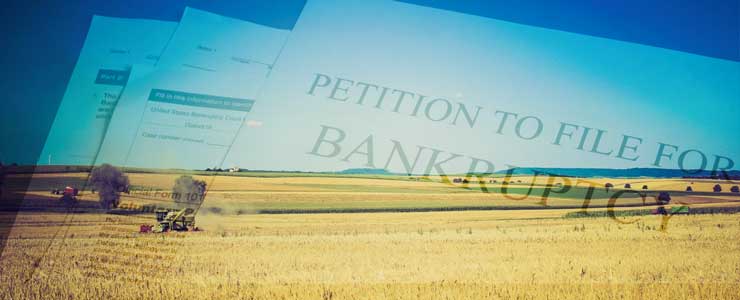Winter fades, and the snow melts unveiling the bare earth beneath. The death-stricken branches start to warm with the kiss of sunshine and promise life through the budding envelopes of leaves everywhere. Turning the corner into spring means it is time to brand, fertilize, seed, and spray, all of which seems to eagerly come crashing down on us all at once. It is during these moments that we need to be reminded that the work will get done just as it has in years past. Long hours and early mornings are familiar to a farmer or rancher this time of year. The challenging act of juggling kids and work becomes a daily practice as we shuffle kids off to school after feeding the cows in the frosty dawn of morning, and then it is off to the sprayer to fervently work until the wind decides to blow us out of the field just in time to dash back to town for the kids’ spring sporting events. Next, it is time to finish the day by watching the dust cloak the bright lights of the tractor making it too dark to see the air drill dragging behind. Finally, it’s off to pour ourselves in bed desperately seeking a recharge to help us face tomorrow’s balancing act of challenges.
Many farmers are experiencing feelings of dread as they endure the headwinds of low commodity prices, increasing interest rates, rising labor costs, potential issues with water, and potential macro issues such as international trade. This year, as interest rates continue to increase and margins remain slim, I expect growers will unfortunately find themselves between a rock and a hard place. A dismal wave of bankruptcies is sweeping the U.S. Farm Belt as trade disputes add further strain to the low commodity prices that ultimately have been grinding down the American farmer for years. If such a circumstance should arise, farmers can actually file bankruptcy under four possible chapters of the bankruptcy code. Those chapters are 7, 11, 12, and 13. Each section of bankruptcy has its own various requirements and parameters, but the chapter most commonly used by farmers when filing is Chapter 12. For example, last year in seven farm states – all within the 7th, 8th, and 10th circuits – Chapter 12 filings hit their highest levels in a decade. These states make up a significant portion of the country’s grain and meat sales. Low prices and mounting farm debts have sparked fear that more farm closures are to come to both large scale farms that grew rapidly on rented land and small farms that are run by families working multiple jobs. According to the USDA in 2018, more than half of U.S. farm households lost money farming in these recent years, and it also estimates that the average income for U.S. farming households was negative $1,548. Farming incomes have declined despite record productivity because of oversupply driving down commodity prices.
The rise in bankruptcies filed by farmers represents a reckoning for rural America. Agricultural powerhouses such as Russia and Brazil have generated growing competition within the markets, therefore contributing to the slump in prices for commodities that have stifled American farmers. In addition, trade disputes have transpired under the Trump administration with countries like China and Mexico that are major buyers of U.S. farm goods adding to the roiled agricultural markets. This is not to say that any farming operation should look to file bankruptcy. However, in present conditions, it is unfortunately becoming more of a realistic option for some. Because filing is such a complicated process, often times people can find themselves feeling overwhelmed and in the dark as far as who to call, what chapter to file under (Chapter 7, 11, or 12), or how to deal with creditors. Before making any of these resolute decisions, I encourage an enterprise to meet with financial professionals and legal representatives to open up an honest discussion of your state of affairs. Some farmers look to sell resources such as second homes that were purchased during more prosperous times to stay in business. When faced with a circumstance in which you may have to decide on what to sell, use caution and care with these productive assets. Such assets are essentially contributing to the income for the farming operation. In such cases, it is important to look for alternatives. Rather, farmers and ranchers can analyze soil quality, crop history and yields to help them decide which portions of the farm/ranch are no longer viable but may have recreational attributes that would be attractive to potential buyers.
When you find yourself in a distressed situation, whether you are the debtor or a manager of special assets at a bank, know this: who you hire is important! Hiring a qualified real estate brokerage firm to help you work through the process can be the difference between a successful reorganization and a complete liquidation and exit from the industry. Do not exacerbate the problem by hiring an inadequate or inexperienced brokerage firm with little background or knowledge in the field of agriculture or by hiring a brokerage firm that is simply the lowest priced. Each farming situation has its own diversities, so it is necessary to visit with your accountant and/or whomever prepares your income taxes to determine the possible tax consequences before making a sale. Because of our extensive and personal experience in this industry, we can help guide and assist you through these arduous decisions and comprehensively present you with all of your options.




